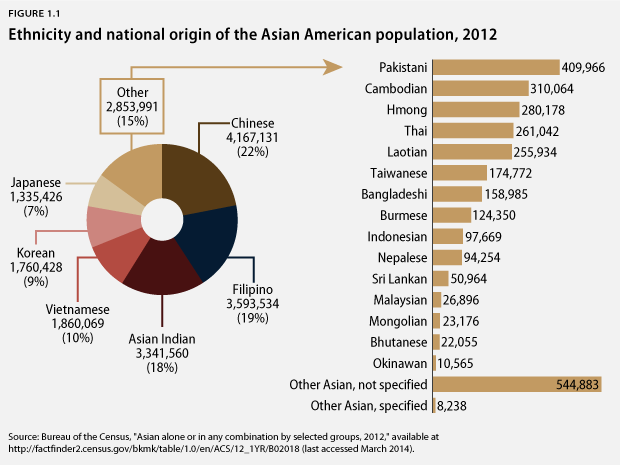Washington, D.C. — Today, the Center for American Progress and AAPI Data released its full report, completing the series on the state of Asian American and Pacific Islander, or AAPI, communities. Since the release of the first factsheets in April—and as the federal government has made significant efforts to improve data collection on AAPIs in line with an executive order from President Barack Obama—CAP and AAPI Data have released factsheets examining how the rise of the fastest-growing demographic in the United States will affect a variety of key policy areas.
From 2000 to 2010—and since the release of the 2010 Census—AAPIs are the two fastest growing racial groups in the United States. The implications of these groups’ rapid growth, coupled with the lack of detailed data collection that captures their diversity, are vast and cover a wide array of issues, such as:
- Asian Americans are a rapidly growing part of the electorate, making an average gain of about 500,000 voters every four years.
- Naturalization of Asian immigrants has outnumbered naturalization of immigrants from any other continent, undeniably contributing to our nation’s economy in multiple ways.
- The size of the Asian American labor force has been growing faster than for any other racial or ethnic group.
However, as the research highlights, there are stark differences in outcomes within various AAPI racial categories: While some groups, such as Indian Americans and Chinese Americans, rank among the highest in terms of concentration in management and professional occupations—and have incomes higher than the national average—other groups such as Cambodian Americans, Hmong Americans, Laotian Americans, and Vietnamese Americans have relatively high rates of poverty and are among the Asian Americans most likely to work in occupations related to production, transportation, and material-moving.

Another area where the AAPI community outpaces their peers is enrollment in the Affordable Care Act, and outreach by community-based organizations and insurance agents with in-language capability played a significant role in ensuring these outcomes. Still, significant barriers remain with respect to disparities in health outcomes, lack of access to language assistance, and culturally competent health care, further highlighting the complexity of serving such a diverse population whose information is often too aggregated.
The full report includes research and analysis in the following areas:
Read the full report here here.
For more information or to speak with one of our experts, contact Tanya S. Arditi at [email protected] or 202.741.6258.
###